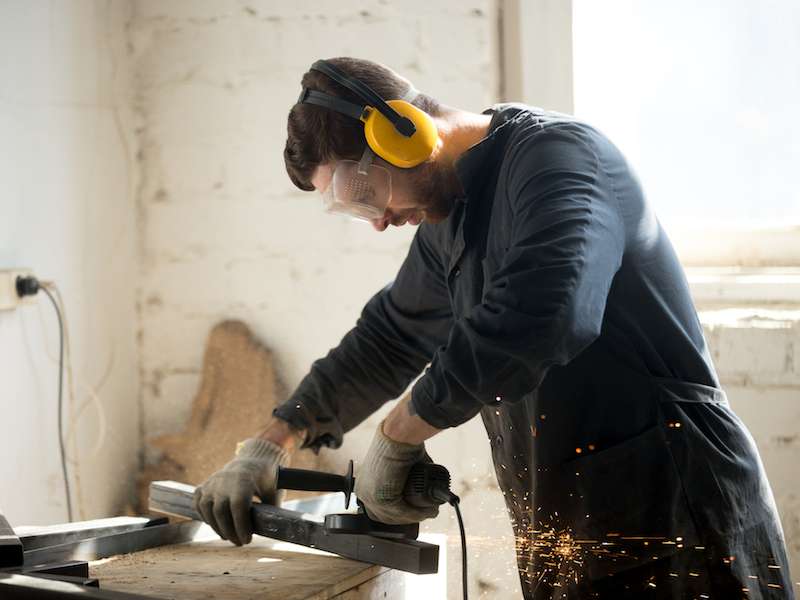
Is your hearing protection failing to safeguard your hearing? Watch for these three things.
Whether you’re at work or at home, sometimes you encounter something that can interfere with the performance of your ear protection. That’s difficult to deal with. After all, you’re trying to do what you’re supposed to do! When you go to a concert, you wear your earplugs; At work, you wear earmuffs every day; and you make your best effort to steer clear of Uncle Joe who is constantly yelling in your ear.
The point is, it can be kind of frustrating when you’re doing everything correctly and still there are obstacles. Luckily, you can take a few steps to protect yourself once you know what kinds of things can impede the performance of your hearing protection. And this will keep your hearing protection in a state of efficiency even when you’re having a bit of difficulty.
1. Using The Wrong Kind of Hearing Protection
There are two convenient and basic categories of ear protection: earplugs and earmuffs. Earplugs are little and, as the name suggests, can be put right into the ear canal. Earmuffs look like a pair of 70’s headphones, but instead of tunes, they offer protection for your hearing by blocking outside sound.
- Earplugs are suggested when you’re in a place where the noise is fairly continuous.
- Earmuffs are recommended in cases where loud sounds are more irregular.
There’s an obvious reason for that: when it’s quiet, you’ll want to remove you’re hearing protection which is harder to do with earplugs than earmuffs. Earplugs are very easy to misplace (particularly if they’re cheap and disposable anyway), so you don’t want to be in a position where you take out an earplug, misplace it, and then need it later.
You will be fine if you wear the proper protection in the right scenario.
2. Your Hearing Protection Can be Impacted by Your Anatomy
There are many differences in human anatomy from person to person. That’s why your Uncle Joe has such large vocal cords and your vocal cords are more normal sized. It’s also why your ear canal might be smaller than the average individual’s.
And that can interfere with your ear protection. Disposable earplugs, for instance, are made with a t-shirt mentality: small, medium, and large (if not one-size-fits-all). And so if you have rather tiny ear canals, you may have a difficult time getting those earplugs to fit, causing you to give up entirely and throw the earplugs away in frustration.
This can leave you open to risk, undermining the hearing protection you were trying to give yourself. The same thing can happen if, for example, your ears are on the larger size, making earmuff style protectors uncomfortable. For individuals who work in noisy settings, a custom fit pair of ear protection is a smart investment.
3. Assess if There’s Any Wear And Tear on Your Hearing Protection
You should be commended if you manage to use your hearing protection regularly. But day-to-day use will result in wear and tear to your hearing protection which you need to keep an eye on.
- Replace cushions on earmuffs every once in a while (typically, when those cushions are no longer pliable, they’re ready for the heave-ho).
- Clean your hearing protection. Ears aren’t exactly the cleanest part of your body (ear wax serves a practical purpose and all, but it’s still kind of… gross). Just make sure that you wash properly; if you’re cleaning a set of earmuffs, take the earmuffs apart. Be careful not to drop your earplugs into the drain.
- If you use earmuffs, check the band. When the elastic is worn out and the band is no longer holding the earmuffs snug, it’s time to switch out the band.
Making sure you do routine maintenance on your hearing protection is imperative if you want to continue benefiting from that protection. It’s important that you have a consultation with us if you have any questions on how to care for your hearing protection or want to know more about the things that can interfere with their performance.
Your hearing is important. Taking the time to protect it right is essential.